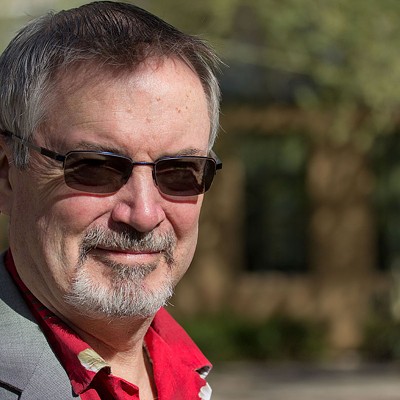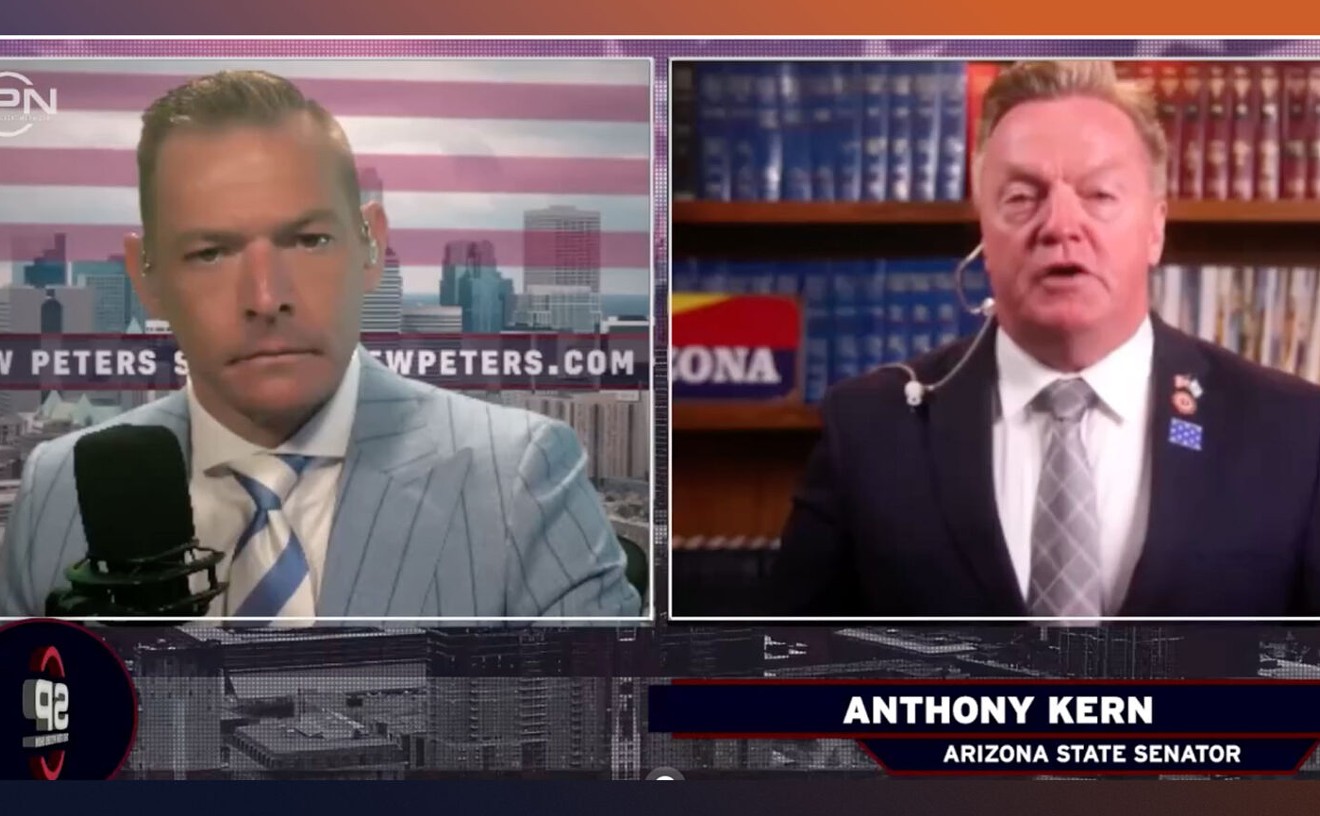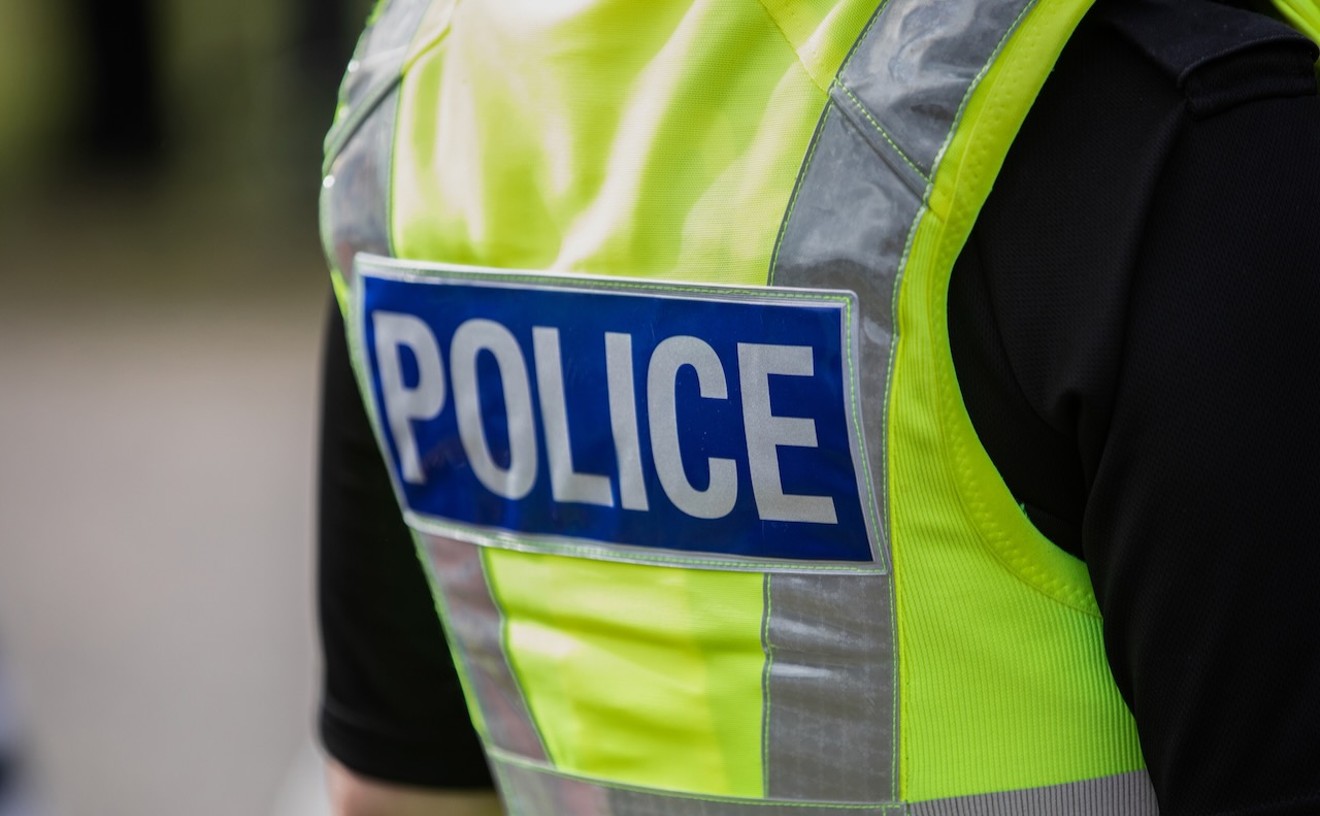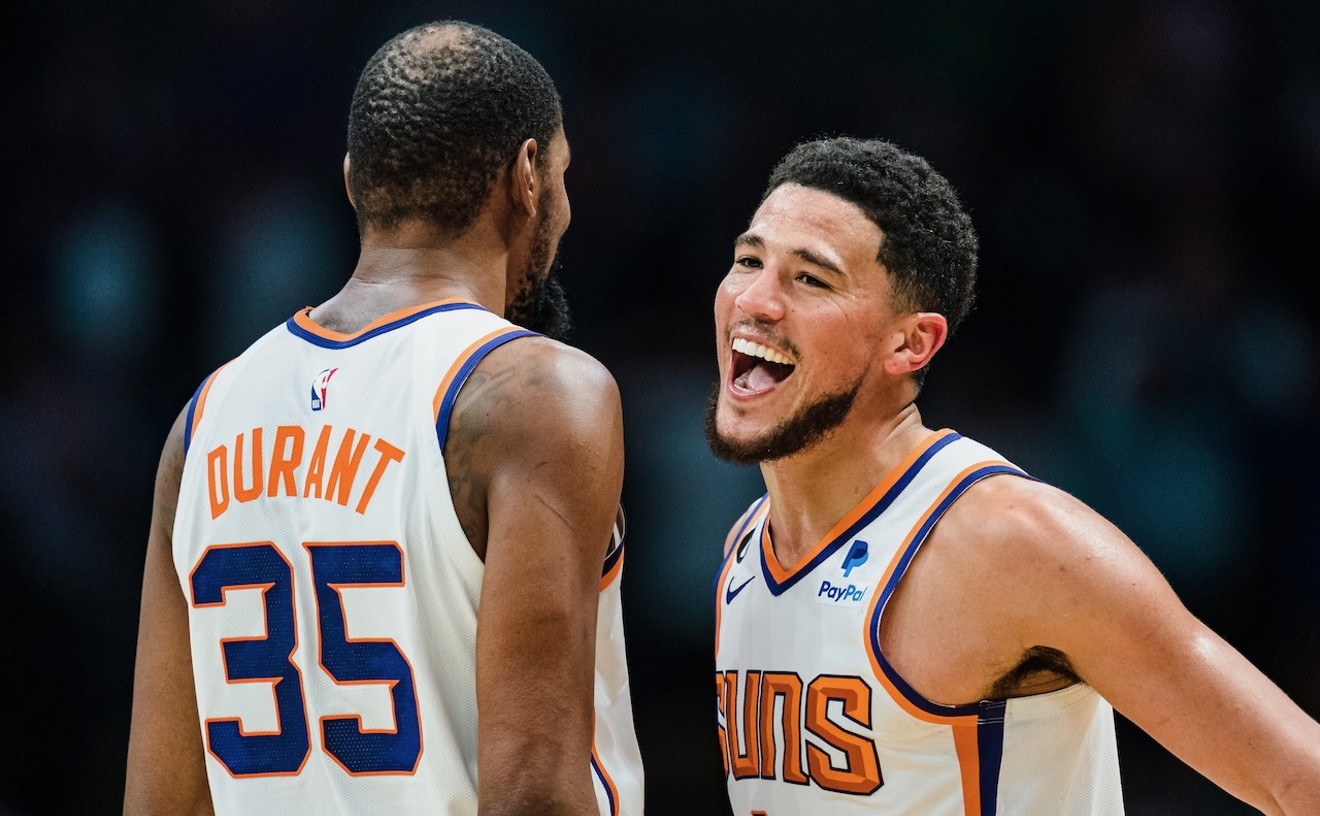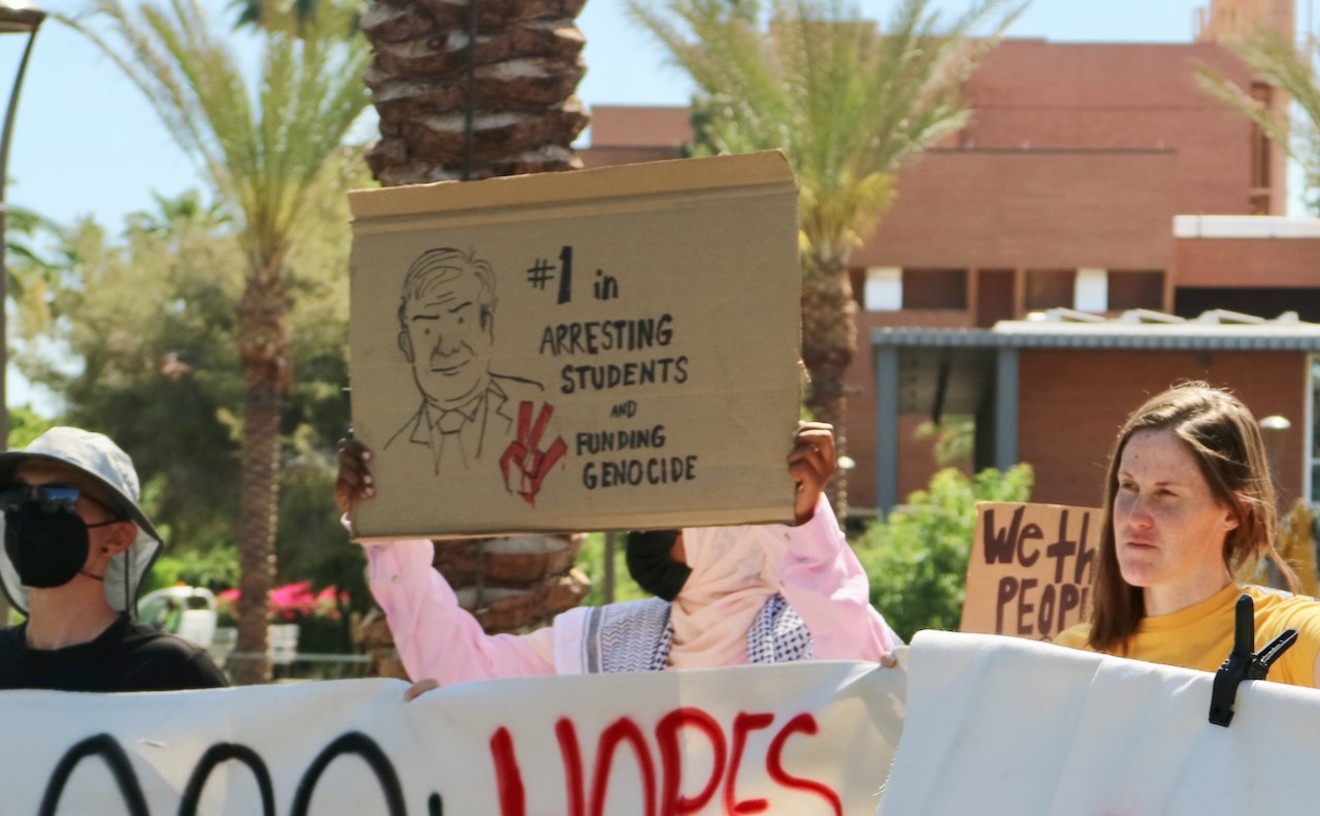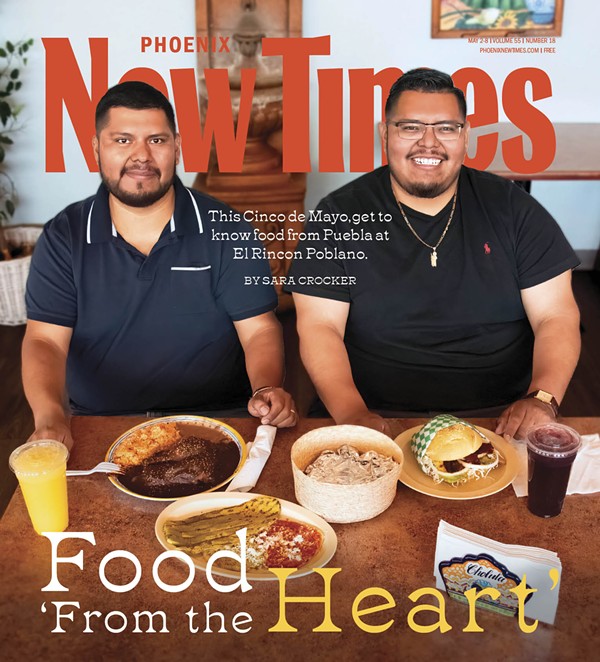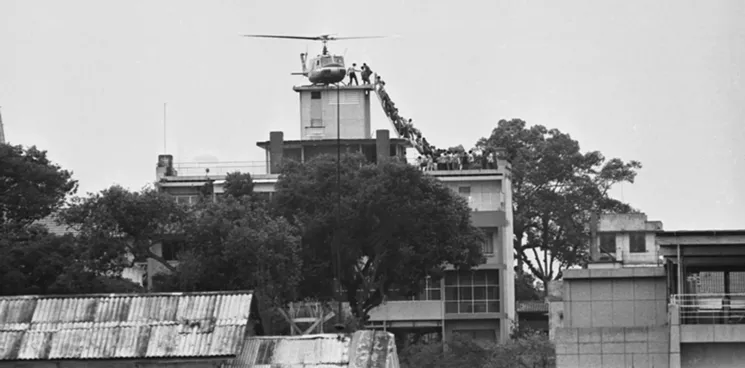
We lost the war in 1975, but sometimes it feels like we're still fighting it.
Courtesy of Hubert (Hugh) Van Es/Bettman/Getty Images
The same thing happened seven years ago, when I was working for AOL News. I wrote then about encountering those feelings while taking a walk through my old neighborhood in Lexington, Kentucky. I thought I’d share that story with you now. It seems like a good time to reflect on what life was like here while our country was fighting in Southeast Asia.
As I walked that day in 2010, I noticed that a knot in my stomach was tightening with each step. My heart began beating faster and faster. I felt like I was being watched ... as if a ghost were nearby.
I had made this trip many times before, but usually running, biking or riding by in a car. The first of two knee replacements had slowed me to a walk by then … but at that pace, you see so much more.
My old elementary school, Clays Mill, and the Little League field where I hit the only home run of my life looked so much smaller than I remembered. As I continued, I turned toward the Southland Shopping Center, where my buddies and I spent many idle hours, sipping cherry Cokes and annoying local merchants.
I walked past the barbershop, about the only store still there from when I was a kid. Suddenly, I literally felt my blood pressure rising.
At first I wasn’t sure what was happening. Then I looked at the building across the street. It houses a picture frame shop now. In 1970, it was something altogether different. The post office was on the top floor. The Selective Service was in the basement, at the rear.
That’s where I signed up for the draft in 1970, a few days before I turned 18.

I admire those who did serve, but I'm not going to apologize for missing the Vietnam War.
Courtesy of Larry Burrows/Getty Images
We hadn’t been too worried about getting our draft cards only a few months earlier. All my close high school friends and I were planning to go to college. We would receive student deferments. Surely, this thing in Vietnam would be done by the time we graduated.
But in 1969, Richard Nixon decided that we didn’t have enough young men dying in Southeast Asia. He announced that the U.S. was reinstituting the draft lottery system for the first time since World War II, eliminating most deferments. For those of us of draft age, our chances of an all-expense-paid trip to Saigon largely would be determined by a random drawing based on our birthdays.
On December 1, 1969, 366 capsules representing each day of the year, Leap Years included, were plucked from a glass jar, one at a time. Men born on the days with the lowest corresponding numbers would be the first inducted into the Army.
My birthday, May 3, was lottery number 40 that year. They took everyone from 195 and below. But only men born from 1944 to 1950 were eligible. I was born in 1952. Still, it was enough to give me quite a scare.
Many students felt the same way, now that it was clear this battle wasn’t just going to be fought mainly by the poor and under-educated. Campuses detonated in protest.
On May 4, 1970, the day after I turned 18, National Guardsmen killed four students during a demonstration at Kent State University. The next day, I watched the ROTC Armory burn to the ground at the University of Kentucky, in my hometown. More experienced state troopers defused the violence there, however. They kept their weapons holstered, content to let the students chant, “Hell, no, we won’t go!”
Then, the nation’s attitude began to shift against the war. And not just among the young. Before long, journalists like news anchor Walter Cronkite and newspaper magnate John S. Knight stunned the establishment by opposing our involvement in Vietnam.
But none of that made much difference to me as August 5, 1971, approached. That was the day they would draw the numbers for men born in 1952.
I was a full-time student as well as a full-time newspaper reporter by then. Didn’t matter. I was married. That deferment was gone, too.
It was too late to join the ROTC as a student named Bill Clinton did. (He dropped out after he got No. 312 in the 1969 lottery.) I didn’t have a bone spur in my heel to get me excused from service as a young Donald Trump did. And I hadn’t been charged with littering as Arlo Guthrie was.
And because I was in perfect health, I had no protection whatsoever.
So what was I going to do if I got a low number?
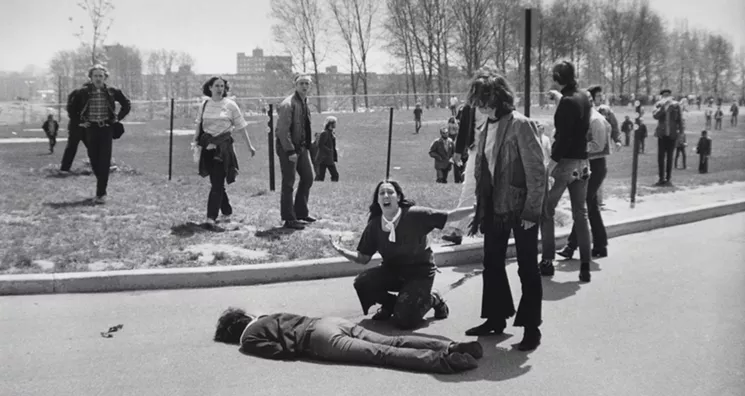
I registered for the military draft just a few days before Mary Ann Vecchio knelt over the body of fellow student Jeffrey Miller, who was killed by Ohio National Guard troops during an antiwar demonstration at Kent State University. Ohio, May 4, 1970.
Courtesy of John Filo/Getty Images
I'm still not sure. I only know this: I don’t believe in violence. I’ve never even been in a fistfight. I certainly wasn’t going to war to defend the corrupt government of a nation that seemed a million miles away.
Canada was certainly an option, as it was for thousands of young Americans then.
My memory of that day isn’t clear, but I suspect my heart was throbbing even faster than it was the day I walked past the site of the Selective Service office.
I know I heard the news on the radio. No. 177. Men born on May 3, 1952, were assigned No. 177. The year before, only men born in 1951 with the number 125 or lower were called up. My year, they stopped at 95.
They held another lottery in 1972, but the draft ended before any of those men were taken, but not soon enough for the thousands of young men and millions of civilians who died for no reason that I can understand.
Now we’re reliving Vietnam, night after night, in a 10-part documentary that concludes this week on PBS.
Spoiler alert: We lost the war, fleeing Saigon in 1975.
So why does it feel like we're still fighting it today?
We seem as divided by issues of race, economics, and political ideologies as we were when I registered for the draft 47 years ago and old folks were telling me, "America, love it or leave it."
I imagine that those who oppose Trump today would still be opposed to the war. And vice-versa. The animus intensifies daily.
Maybe it's time to remember, as we finally did then, that we are all on the same side. Only then will the healing begin.
Portions of the column first appeared on AOL News in 2010.



